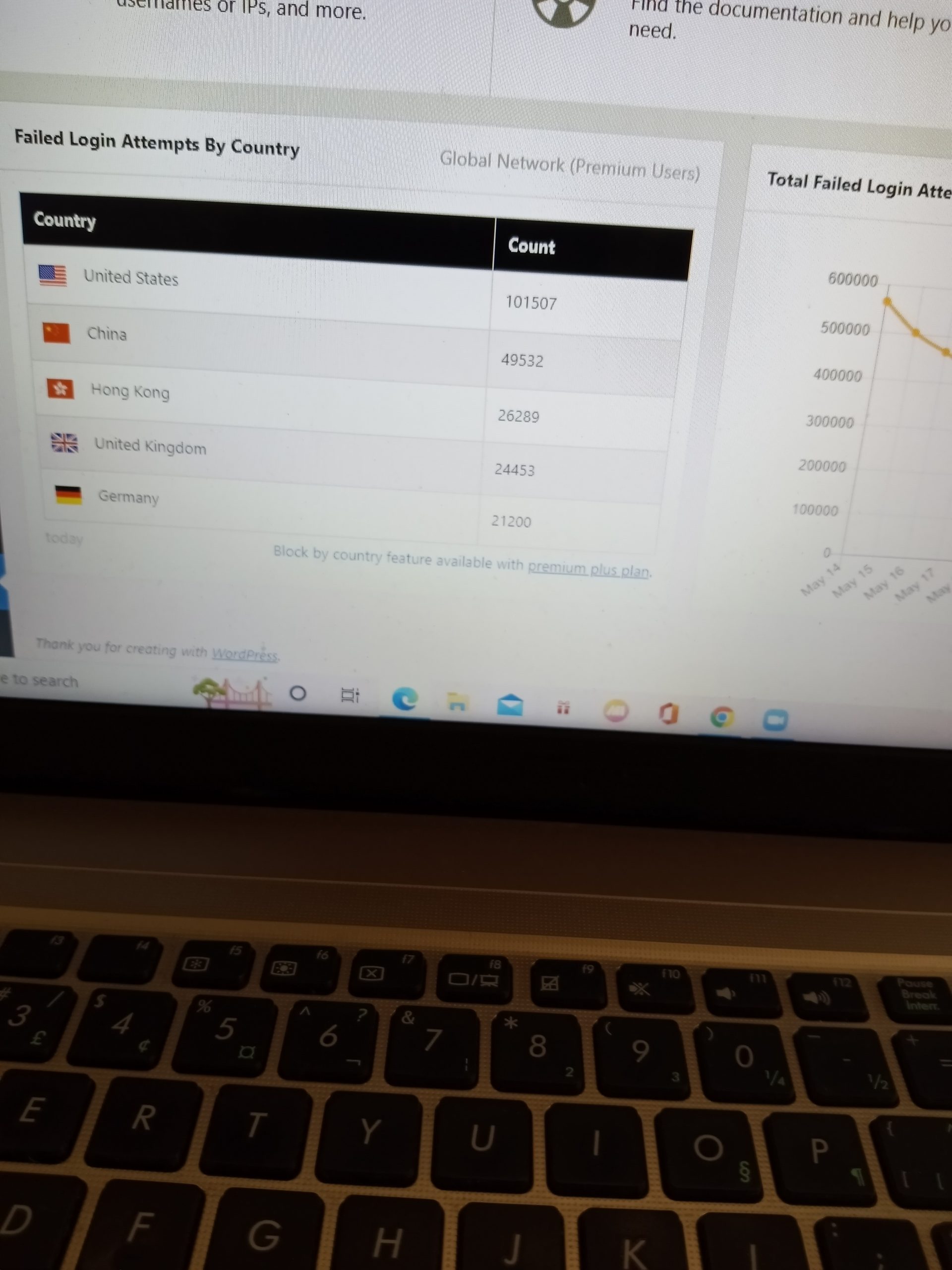Next, a polar circle is a circle centred at the orthocenter of a triangle, with radius ![]() related to the circumradius
related to the circumradius ![]() and the side-lengths
and the side-lengths ![]() via
via
(1) ![]()
Now suppose that ![]() satisfy the identity:
satisfy the identity:
(2) ![]()
Notice that any triangle in which equation (2) holds is necessarily obtuse, and so it’s polar circle is defined, with equation (1) simplifying to:
(3) ![]()
Not only this, it happens that ![]() precisely when
precisely when ![]() is the silver ratio.
is the silver ratio.
Reduced attacks

The barrage was quite something prior to two weeks ago:

Grateful to find a barricade. It’s a different story now.
Refocused attention
Sorry we had to bother you with the above. Once in a while we’ll let you see what happens behind our scenes.
We’re to show that if ![]() , then the radius of the polar circle is
, then the radius of the polar circle is ![]() . Use the fact that in a non-right triangle, we have
. Use the fact that in a non-right triangle, we have ![]() .
.
We had ![]() from the preceding example. And also
from the preceding example. And also ![]() . If we set
. If we set ![]() we get
we get ![]() after some simplification. In addition,
after some simplification. In addition, ![]() . Thus:
. Thus: ![]() . Further simplification:
. Further simplification: ![]() . Take the positive value:
. Take the positive value: ![]() , the silver ratio.
, the silver ratio.
Similar to the preceding example.
We had ![]() . Since
. Since ![]() , we then obtain
, we then obtain ![]() . Cosine formula:
. Cosine formula: ![]() .
.
Radical axis
Both the circumcircle and the polar circle have the same radius, under the given conditions. Thus the radical axis is the right bisector of the line joining their centers. But then the center of one is the circumcenter, while the center of the other is the orthocenter. The midpoint of these two centers is the nine-point center.
Takeaway
Suppose that triangle ![]() has side-lengths
has side-lengths ![]() , radius of polar circle
, radius of polar circle ![]() , and circumradius
, and circumradius ![]() . If
. If ![]() , then the following statements are equivalent:
, then the following statements are equivalent:

 is the silver ratio.
is the silver ratio.
Tasks
- (Geometric mean) Suppose that the side-lengths of
 satisfy
satisfy  . PROVE that the following statements are equivalent:
. PROVE that the following statements are equivalent:
 is the silver ratio
is the silver ratio- the nine-point center coincides with the foot of the symmedian from vertex

- the radius of the nine-point circle is the geometric mean of the two segments into which the nine-point center divides side
 .
.
- (Growing membership) In a non-right triangle
 , let
, let  be the side-lengths,
be the side-lengths,  the altitudes,
the altitudes,  the feet of the altitudes from the respective vertices,
the feet of the altitudes from the respective vertices,  the midpoints of sides
the midpoints of sides  in that order,
in that order,  the Euler points,
the Euler points,  the circumradius,
the circumradius,  the circumcenter,
the circumcenter,  the nine-point center,
the nine-point center,  the orthocenter,
the orthocenter,  the reflection of
the reflection of  over side
over side  ,
,  the reflection of
the reflection of  over side
over side  ,
,  the reflection of
the reflection of  over side
over side  ,
,  the symmedian point,
the symmedian point,  the foot of the symmedian from vertex
the foot of the symmedian from vertex  , and
, and  the radius of the polar circle. PROVE that the following eighty-three statements are equivalent:
the radius of the polar circle. PROVE that the following eighty-three statements are equivalent:





















































 or
or 
 is the reflection of
is the reflection of  over side
over side 
 is the reflection of
is the reflection of  over side
over side 
 is congruent to
is congruent to 
 is congruent to
is congruent to 
 is isosceles with
is isosceles with 
 is isosceles with
is isosceles with 
 is right angled at
is right angled at 
 is the circumcenter of
is the circumcenter of 
 is right-angled at
is right-angled at 
 is right-angled at
is right-angled at 
- quadrilateral
 is a rectangle
is a rectangle - the points
 are concyclic with
are concyclic with  as diameter
as diameter - the reflection
 of
of  over
over  lies internally on
lies internally on 
- the reflection
 of
of  over
over  lies externally on
lies externally on 
- radius
 is parallel to side
is parallel to side 
 is the reflection of
is the reflection of  over side
over side 
- segment
 is perpendicular to side
is perpendicular to side 
- the nine-point center lies on

- the orthic triangle is isosceles with

- the geometric mean theorem holds
- the bisector of
 has length
has length  , where
, where 
- the orthocenter is a reflection of vertex
 over side
over side 
- segment
 is tangent to the circumcircle at point
is tangent to the circumcircle at point 
- median
 has the same length as the segment
has the same length as the segment 
- the bisector
 of
of  is tangent to the nine-point circle at
is tangent to the nine-point circle at 
 is a convex kite with diagonals
is a convex kite with diagonals  and
and 
- altitude
 is tangent to the nine-point circle at
is tangent to the nine-point circle at 
- chord
 is a diameter of the nine-point circle
is a diameter of the nine-point circle - segment
 is tangent to the nine-point circle at
is tangent to the nine-point circle at  .
.
(Five more members were recently added.)